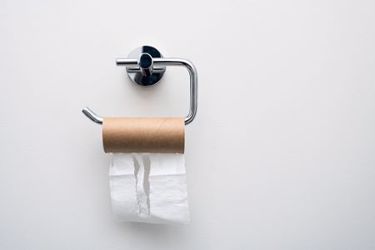Research Finds Toilet Paper Is Contributing To PFAS Levels In Wastewater


As public health concerns and prevalence revelations prompt more concern over per- and polyfluoroalkyl substances (PFAS), new research has drawn a connection between wastewater contamination and a household item that is ubiquitous within bathrooms.
“Toilet paper is the latest product that could be contaminating environments worldwide with cancer-linked [PFAS], according to a study,” The Hill reported. “Paper production processes often include PFAS as additives during the wood-to-pulp conversion process, the authors explained.”
Research has suggested that PFAS find their way into our environment, including into drinking water, through their use in firefighting foam, numerous household items, as well as through industrial wastewater. Numerous states are working to implement stricter limits on the contaminants in both wastewater and drinking water, as the U.S. EPA plans to propose its first-ever limits on the amount of PFAS wastewater discharges.
For this most recent study, researchers extracted PFAS samples from toilet paper samples collected from across the globe as well as from sewage sludge collected from eight wastewater treatment plants in Florida. They then analyzed those samples and found that toilet paper is partially responsible for the most common type of PFAS precursor in global sewage, particularly sewage in Europe.
“The big lesson here is that we know that it’s in sewage sludge, we know that it’s in wastewater, but it’s not some big chemical company dumping things down the drain, and it’s not only the personal care products and the cleaning products going down the sink,” explained Timothy Townsend, a coauthor of the study, according to Fast Company. “It also appears to be just even the basic products themselves.”
As a result, this research could now offer a new area where officials and consumers might work to diminish the levels of PFAS in our environment.
“The authors expressed some optimism that consumer product choices and discard practices could ultimately help inform regulations aimed at curbing PFAS content in wastewater,” per The Hill. “‘Decision makers will be better equipped to implement changes if we better understand the sources and fate of PFAS entering our wastewater treatment plants and landfills,’ (Townsend) said.”
To read more about how regulators attempt to keep harmful wastewater contaminants out of the environment, visit Water Online’s Regulations And Legislation Solutions Center.
